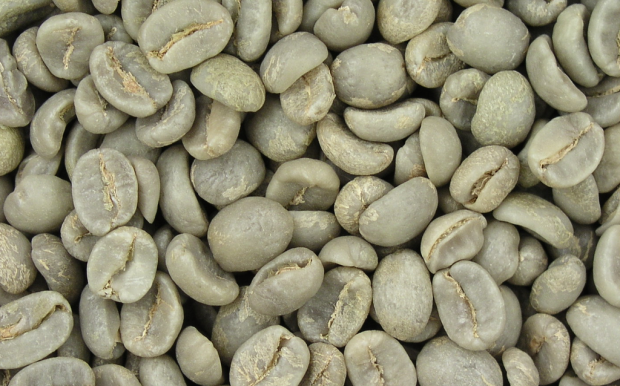The commodity daily coffee price dropped to its lowest point in 19 months in August to $1.1142 USD per pound but ended with a monthly average of $1.212, a 1.21 percent increase over July’s 18-month low, according to the latest figures from the London-based International Coffee Organization.
The month saw increased volatility in the C-market, with several factors at play, including an ongoing El Niño weather event — predicted by numerous weather authorities to be the most dramatic since the 1997-98 El Niño — that is likely to affect numerous producing regions and countries.
“It has a significant impact on rainfall patterns worldwide, which is already being felt in the severe drought conditions affecting Australia, heavy rainfall in eastern Africa and flooding in South America,” the ICO said in its latest monthly market report. “The phenomenon is likely to continue at least until the end of this year. While it is too early to evaluate its impact in coffee exporting countries, we should continue to expect human and ecological consequences caused by climate fluctuations, as well as an impact on infrastructure in a number of producing regions.”
Also negatively affecting coffee prices are the increasing currency devaluations against the US dollar in the world’s top-producing regions, including Brazil, Colombia, Indonesia and Vietnam. The Brazilian real and Colombian peso have each depreciated by more than 50 percent since September 2014, and the ICO said coffee prices in these main growing regions have also been held down “broader declines in commodities” and other macroeconomic trends.
Said the ICO, “The effect of these devaluations is to increase the remuneration in local currency of coffee sold in US dollars, thereby giving an incentive to farmers and exporters to release more coffee to the international market, even as the world price of coffee falls.”
Read the ICO’s full report, which includes additional details on export and stockpile levels in key regions including Brazil.
Nick Brown
Nick Brown is the editor of Daily Coffee News by Roast Magazine.
Comment
1 Comment
Comments are closed.







it’s sad. Then the farmers have to buy fertilizer based on US dollar. Already in Central America, smaller scale farmers are foregoing fertilization because coffee prices are too low, even with a good premium. with average production cost of $1.50 per lb, how can farmers make a living when C price is 1.15 + may a 0.3 or 0.4 premium for a good specialty arabica?? Don’t be expecting much coffee coming out of Central America this year.